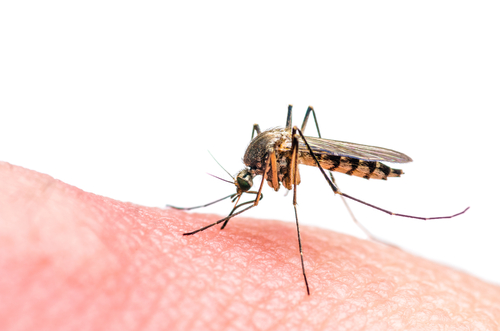
A team of scientists at the University of California, Riverside, recently explored ways small regulatory RNA molecules, called microRNAs, play in the mosquito egg maturation process.
The team hopes that by studying microRNAs of Aedes aegypti species mosquitos, they might be able to find ways to control the spread of diseases like Zika virus, dengue fever, and chikungunya virus. Aedes aegypti species mosquito are the most-common species of mosquito for spreading diseases in the Americas.
For the study, the researchers examined microRNA expression in the Aedes aegypti’s metabolic center, called the “fat body,” which plays a key role in mosquito reproduction. Proper functioning of the fat body is essential for mosquito reproduction after a blood meal.
The researchers said identifying which microRNAs are important for fat body functions can help in designing ways to disrupt mosquito reproduction and prevent further spread of a disease.
“What we observed is that the levels of many microRNAs change significantly throughout the 48-hour period following a blood meal, indicating that these microRNAs, in turn, may be establishing significant changes in expression of key genes during this time in the fat body,” said Fedor V. Karginov, co-leader of the research team.
Karginov said their work provided an idea of which microRNAs are abundant in the fat body tissues, how each microRNA subgroup changes over time, and how specific up- and down-regulation of microRNA levels take place during egg development.




